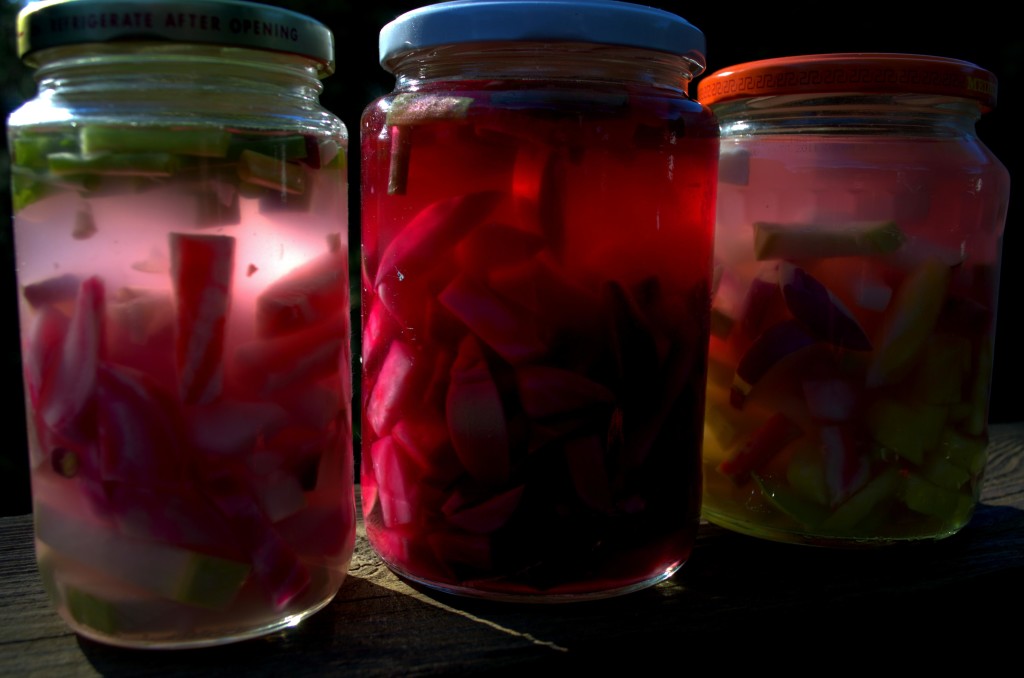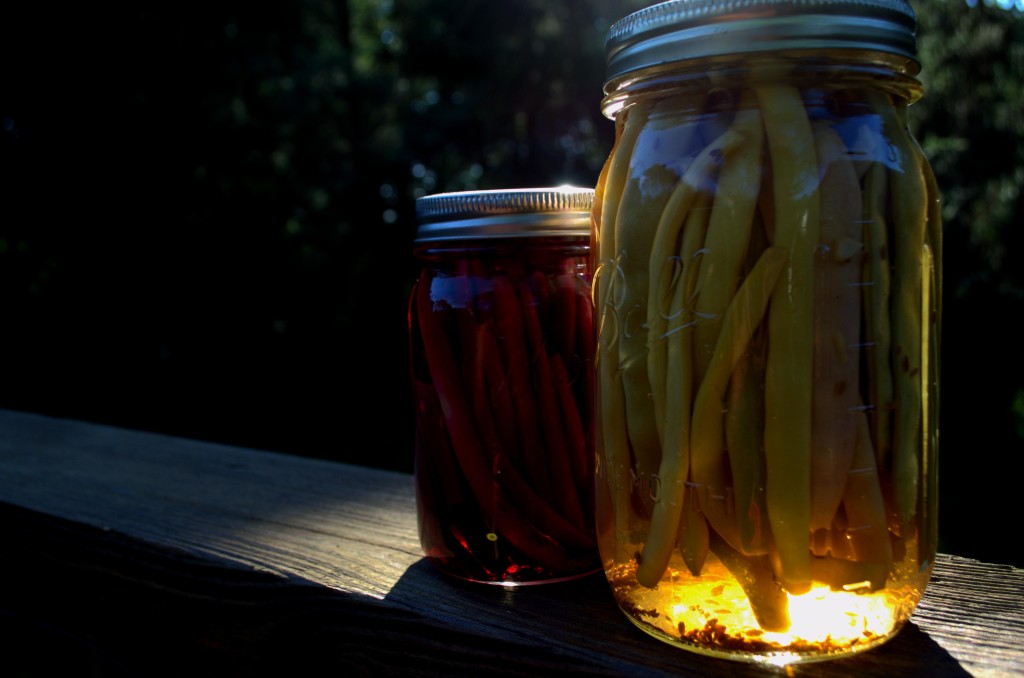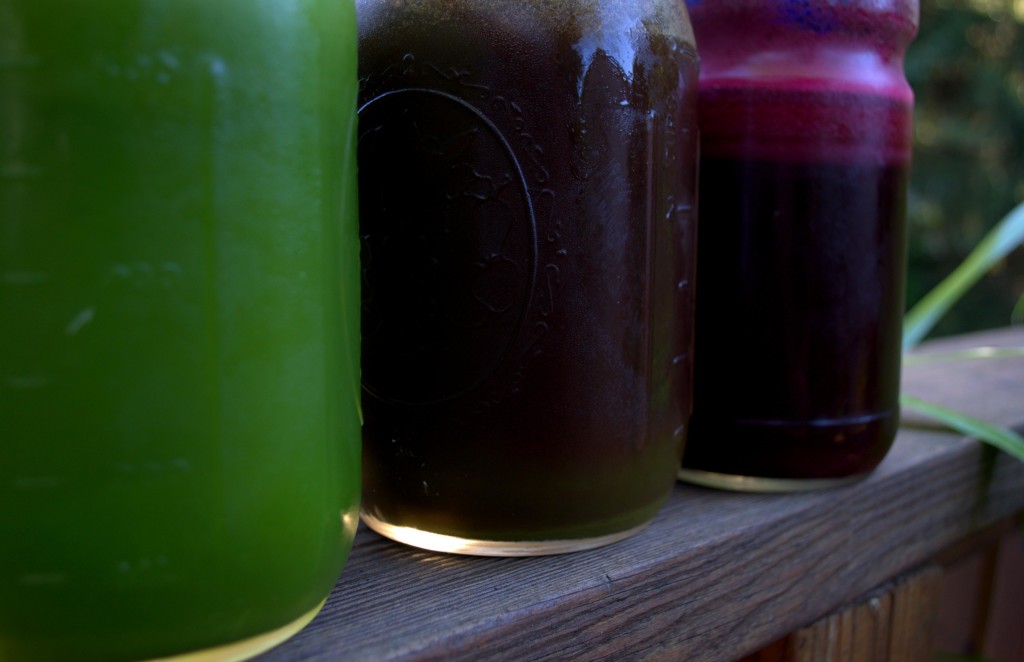Forward
I need to clear the air with two things:
- I am not sure I know much about cooking. I don’t like following recipes. I don’t like operating within much of any constraints. I think I just get lucky most of the time. My secret? Make what I think I will like, commit to eating it regardless, and let others try it. If they don’t like it, I do not run short of munificence and get more food.
- I have never made kombucha. It may have something to do with the “bat juice” they had behind a bar in Rogers Park back in the day.
- Some days I feel like a lying liar (Thanks, Gloria). What I mean is I have said to several members this week that I would get some things posted and have not. This post is the first step in catching up.
- I am really good with numbers. I just don’t care for counting sometimes.
Fermenting
At pick ups this past week I shared some fermented kohlrabi and beets with several members. For those who have not had fermented (non-alcoholic) foods or drinks before, they are not all kombucha or kim chi. I’d love to pretend to be an expert with the science behind it. What I know is that with or without a starter lactobacillus grows and it becomes magical. Here is a simple recipe and a few afterthoughts: For ease I will give proportions for a quart, yet you can make about any size you want so long as there is enough head space.
Ingredients
- Beets, Kohlrabi, Carrots, or others shredded, matchsticked, sliced thin,
- 4 T Whey (this is the liquid on top of yogurt far too many people pour out)
- 1 T Salt
- Water
Directions
- Fill a clean mason jar with vegetable(s) to about 2 inches below the rim.
- Add salt, whey, and whatever else you like. (I have used hot peppers, garlic, bunching onions, and cardamom in different iterations.)
- Fill with filtered water up to about 1/4 inch from the top of the rim.
- Close it and set it aside for a minimum of 3 days.

Finished product
Carefully open the lid. Carbon dioxide is part of the fermentation. If it is still actively fermenting it can foam over. If it is looks like champagne, I’d give it another day. Some bubbles are fine, but why rush magic?
Put it in the fridge and eat it as a side, on a salad or with a sandwich. It should keep quite a few weeks.
The main concern is it can get slimy inside or there may be a white film. From what I understand this is due to the vegetables not being washed or a jar that is not clean. Please consult the interweb if anything seems amiss. I have not had any bad batches – that I know of.
Pickling
Just a subtle reminder that pickling or any canning is a great way to keep your farm veggies through the winter. It sure is fun to know most of your food through the winter did not travel thousands of miles all the while ignoring the carbon footprint. I stop there.
I have pickled quite a bit of beans (sneaking in some beet in one batch) in the past week Taking a tip from board member Eduardo, I even tried a batch with apple cider vinegar, clove, and cardamom. Now is the time to get in practice as pickling cukes and fresh dill are on the horizon.

Juicing
This glut of cukes has been surprising and overwhelming for many, including myself. One of my idiosyncrasies is the terrible feeling I have when anything goes the way of compost*. One fun strategy when feeling overwhelmed is juicing. Today I learned:
- 4 cukes yield about 1 qt of juice
- Kohrlabi stems don’t yield much juice
- Leftover chard ribs yield a fair amount of juice
- Beet stalks and leaves love to be juiced
- Found cilantro (not wilted or brown) juiced up nicely
- The former four make for quite an unappealing brown mixture that tastes so earthy and tasty
I blended 2 parts cuke, 1 part beet, and 1 part earthy brown fluid. Very tasty.

Tip: Ask at the pick up for some fresh mint. I will be having some mint cucumber juice soon.
Another tip: Juice can be canned (sealed in a water bath) and keep for months
Yet another tip: Juice can be frozen. I made a huge batch of beet, carrot, and apple juice at the end of last season. Through the winter I thawed and reduced it. It makes for a very good natural sweetener in granola, plus it makes it deep red.
* For those who do not compost at home, I highly recommend you check in with Jeff and Kyle about dropping off your compost. Your scraps, if not used for making broth, are a wonderful way to feed the soil. I will soon share my thoughts on why buying vegetable broth at the store seems silly.

3 thoughts to “Fermenting, Pickling, and Juicing”
Thanks for your post Bruce–yes to all your offers–I’d love to taste it all!
The pickled items will not be ready for a couple weeks. I will surely bring some other items to sample, at least for you, unless more people show an interest. I don’t like being the weird guy pushing food.
Loved the fermented beets at pick-up today! Thanks for sharing. And great to know about a use for the whey coming off the yogurt!
Comments are closed.